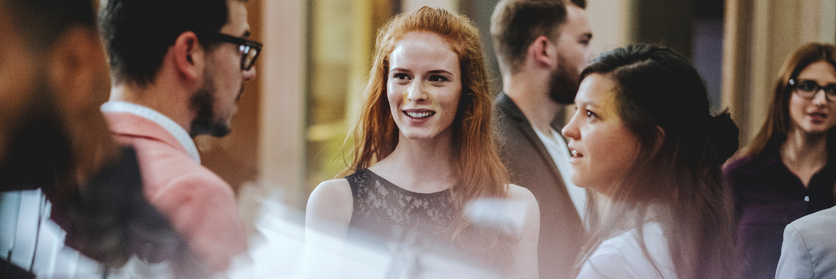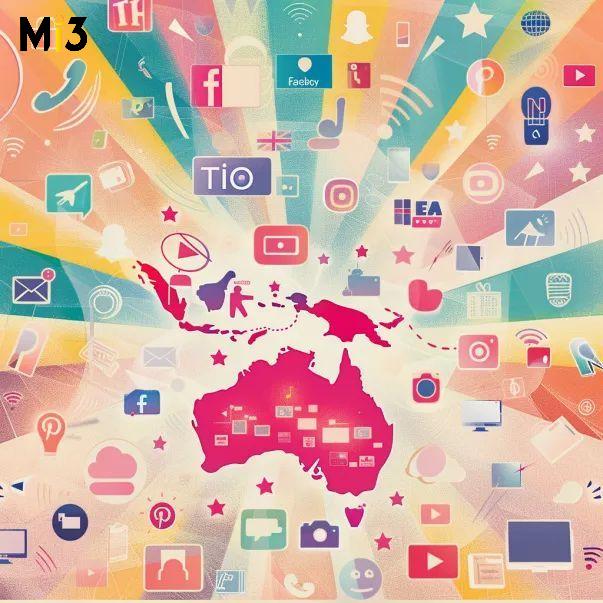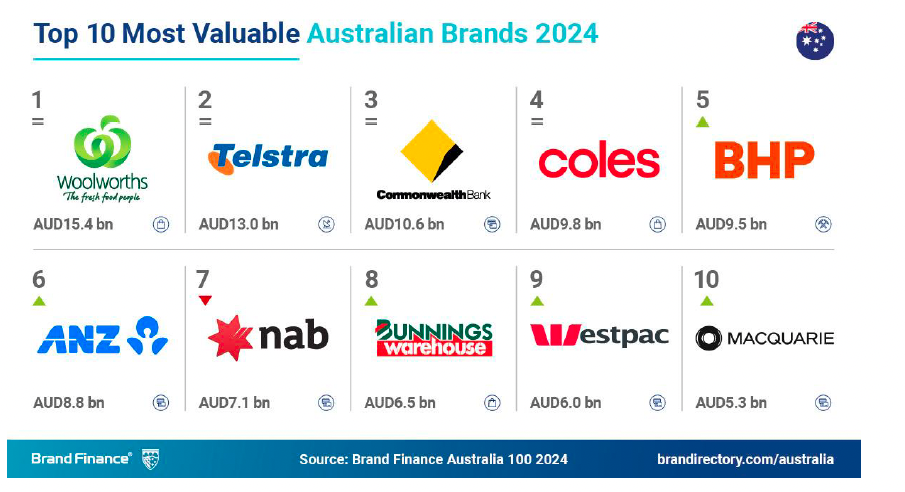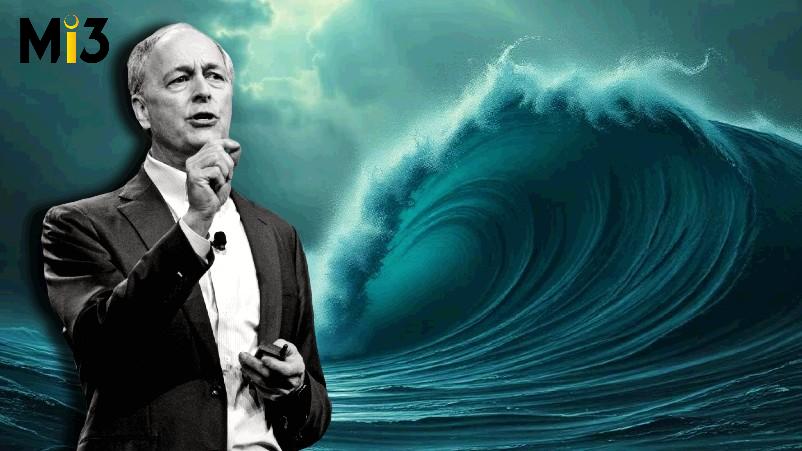Compounding creative with a star-studded cultural twist: What’s behind chapter two of Tourism Australia’s $130m ‘Come and Say G’Day’ campaign
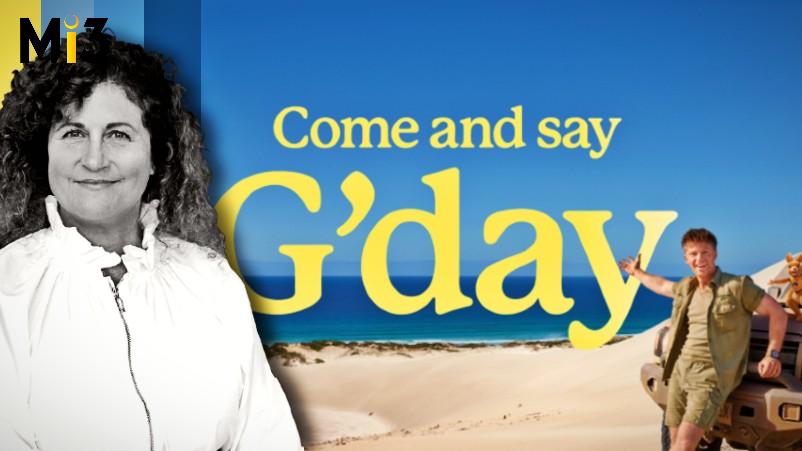
What you need to know:
- Tourism Australia has officially unwrapped chapter 2 of its ‘Come and Say G’Day’ campaign this week, a $130m, two-year campaign effort to help boost Australia’s international travellers’ tally hit 10m in 2026 and 11.8m in 2029.
- It’s the first campaign undertaken since TA switched out agencies and brought on Accenture Song / Droga5 last year.
- The new campaign firmly retains the iconic CGI animated kangaroo, Ruby, first introduced in 2022, plus a tagline first uttered by Paul Hogan back in 1984.
- Instead of one Australian ambassador and one set of global assets, however, TA has opted to recruit six celebrities and influencers including five culturally relevant faces for its top five market: Robert Irwin (US), Nigella Lawson (UK), Sara Tandulkar (India), Yosh Yu (China) and Abarerukun (Japan). In addition, Australian indigenous actor, Thomas Weatherall, has been brought on as a narrative counterpoint to Ruby.
- The whole point is to help travellers better imagine themselves into their own Australian travel narrative and build salience using cultural and travel experience preferences.
- For TA CMO, Susan Coghill, it’s a proud moment that reflects her team’s multiyear commitment to compounding creative and a creative platform that met with criticism when it first debuted in 2022.
- The results for doing so are now aplenty: As well as creative consistently performing in the top 1 to 3 per cent of all System1 campaigns, she can quote consideration percentage point lifts in all key target markets, a brand icon sitting in the top quadrant of recognisable brand cues, stronger first-time visitation numbers and more.
- According to the latest travel figures, Australia also chalked up a record $52.6bn in tourism spend in the 12 months to March 2025, up 12 per cent year-on-year, and first-time visitor spend is tacking up.
It’s three years since Tourism Australia first introduced CGI kangaroo, Ruby, and resurrected the 1984 tagline of Australia’s iconic Paul Hogan campaign, ‘Say G’day’, with creative idea envisioned by M&C Saatchi. The campaign, which cost $125m, ran across 15 key countries.
As she ushers in chapter two of ‘Come and say G’day’, having consistently scored in the top 1-3 per cent of System1 creative, Tourism Australia’s Susan Coghill has not had to fight the same fight to get this latest campaign over the line. The aim of the game, bought into by new agency shop, Accenture Song, is to compound the wins delivered by an existing creative platform to garner even more consideration and salience, and grow Australia’s international arrivals to 10m in 2026, and by another 1.8m to 11.8m by 2029.
Tourism Australia’s 2022 ‘Come and Say G’day’ campaign initially met with criticism for using Aussie cliches and tropes, despite being backed up by exhaustive testing, data and insight, and top scores on System1 data. The kangaroo is Australia’s number one brand cue after all, research showed. And TA’s campaign choices have remained high on the effectiveness league table ever since.
“We tested it at concept, we tested it at launch, we tested it at year two, and tested it again this year at year three, and we’re still getting top 1 per cent to 3 per cent of ads,” Coghill says. “We’re lucky that travel and tourism is one of those categories people love, and tend to score higher anyway, along with chocolate and ice cream. But we are still outperforming. I think the average score for travel is 3.2 stars on System1’s long-term brand building metric, but we are scoring five stars plus pretty consistently, which is amazing.”
Even more importantly, the business numbers back up the long-term approach. Consideration, a key marker for Coghill and crew, was up 2-3 percentage points between 2022 and 2023 across the seven key markets, equating to 18 per cent lift. In UK, US and China, it’s up 5 percentage points.
“Things like proximity, aviation capacity really makes each of those things quite variable. That’s the reason we use consideration, because that really is the best indicator over time that we’re ultimately driving arrivals, market share growth and ultimately expenditure, which really is our key metric,” says Coghill.
In addition, brand perceptions about being ‘welcoming’ are up 15 percentage points among those exposed to the campaign. Forward bookings also increased.
“Tick, that says we have a winning platform. Yes it was designed for longevity, designed to work across borders and languages. But it’s good the data is validating it as well,” she says.
A culturally nuanced Chapter 2
Enter Chapter 2, a $130 million campaign program that will run for two years this time, a year less than the first iteration. The shorter timeframe is less about creative wear out worries and more about the opportunity to refresh marketing and communications more frequently for industry and stakeholders, Coghill says.
TA continues with Ruby the Kangaroo. But this time, she’s complemented by locally nuanced celebrities and influencers designed to tap into the travel and cultural preferences of different nationalities looking to write themselves into their own touring narrative. The five are: Australian wildlife conservationist Robert Irwin in the US; food writer and TV cook Nigella Lawson in the UK; actor Yosh Yu in China; entrepreneur, philanthropist and daughter of cricketing legend Sasha Tendulkar, Sara Tendulkar in India; and media personality and comedian Abareru-kun in Japan.
Rather than one global set of assets, TA’s five key international markets get bespoke above-the-line advertising creative, supported by a larger cache of social and digital storytelling. In Irwin and Tendulkar’s case, for example, there’s real-life childhood footage in Australia with their famous parents being offered up. And instead of one recognisable Australian as global ambassador, Rose Byrne, to sum things up, Tourism Australia has partnered Ruby the Kangaroo with young Australian indigenous actor, Thomas Weatherall, in a narrative form that features a concluding scene in Tasmania’s Bay of Fires.
The campaign also does away with Ruby’s animated buddy, Louie the Unicorn, to put “more attention on telling the visitors’ stories and their memories”, says Coghill.
“It’s a multi-local approach to talent and storytelling – these individuals represent different cultural sectors. I think importantly, it will help us get more earned value locally,” Coghill says. “It also helps with our research that shows us people need to make a movie in their minds and see themselves here. If you’re coming from Japan or China, seeing talent from your market, speaking in your language, will make it feel more relevant and resonate more.”
The rejectors study Coghill alludes – her way of finding the incremental wins to deliver effectiveness – firstly found very few people straight out reject Australia, they just prioritise other destinations. But those who do reject the land Down Under have fewer positive mental associations with Australia.
“We need to help them create associations and make that mini movie in their mind of what a holiday in Australia would be like,” Coghill says.
For example, the TA team uncovered the nugget Japanese tourists are driven to travel in order to see World Heritage Sites. Its new Japanese comedian and variety show presenter, Abareru-kun, also has a certificate in World Heritage Sites and targeted creative overindexes on ancient locations and marine animals. Research meanwhile, showed romance and reconnection can be a key driver for Chinese tourist, so the campaign cut for China includes a love story featuring June and Ling.
“We have aspirations to do a vertical drama series on TikTok/Douyin at some point with them,” Coghill jokes. For India, there’s a culinary food story and quip around eating a ‘pav’, while for the Brits, Nigella can be found indulging in food and wine on an estate in the Margaret River.
“We know people take a little piece of Australia home with them when they go, and it’s they love to tell the stories. They love to recount the adventures they have here. Those are the stories we’re going to be telling,” adds Coghill.
System1 testing this time around with animatics shows fours and high fives. “At rough stage that’s still really good,” she comments. “When you take the final ad and put it back in testing, if you have taken the learnings from the first round of research, you can you usually get an extra star out of that. Although I have to keep reminding the team, we’re not trying to win System1, we’re just trying to make the ads more effective. For us, it’s not do or die by that necessarily either, it’s more getting a read on what’s happening. And it helps with stakeholder management. It’s not just my opinion or 15 people around a table saying I reckon. We show hundreds, sometimes thousands of people to get a read on how they’re responding.”
The campaign’s launch period commences with China this week, followed by India in late August, then the US, UK, Japan and Germany in September, and South Korea in November.
It’s a multi-local approach to talent and storytelling – these individuals represent different cultural sectors. I think importantly, it will help us get more earned value locally. It also helps with our research that shows us people need to make a movie in their minds and see themselves here. If you’re coming from Japan or China, seeing talent from your market, speaking in your language, will make it feel more relevant and resonate more.”
The non-negotiables
The latest ‘Come and Say G’day’ campaign is the first major campaign launch since Tourism Australia overhauled its agency roster, a 10-month creative and digital pitch process finally settled last July with the appointment of Accenture Song, fronted by The Monkeys and Droga5. The conglomerate replaced Publicis Groupe and Clemenger Group and is on a five-year deal incorporating an initial three-year agreement with options for two, one-year extensions. Tourism Australia retains UM as its media agency partner. At the time, TA attributed its decision to the combination of integrated global creative and digital services available through the Accenture agencies.
But it’s an example of compounding creative, which System1 research has shown that consistency in creative translates to +10 per cent sales value gain, +18 per cent profit gain and +19 per cent market share gain. Its analysis finds brands save millions in annual media spend and attain double-digit growth by not changing their core messaging.
When setting up its new agency stable, four non-negotiables were on the table, Coghill says: Retaining the kangaroo and ‘Come and Say G’day’ tagline, using iconic and uniquely Australian destinations and experiences, both fresh and familiar, and indigenous creativity and storytelling.
“I was super clear going into the tender that we have a really successful platform, we love Come and Say G’day, we love Ruby,” she says, adding Ruby is now getting into the upper quadrant in key brand markets in terms of recognisability and associations. “Our expectation was the ultimate pitch brief was always going to be around these things. Then it was about having the best idea possible with those.”
Back in 2022, Australia had been shut for two years, was reopening to the world and needed one big idea. There was a practical side too – animation could be filmed no matter what borders were shut or who could fly where.
“We didn’t have those limitations for this next chapter. And we had already established Ruby, so we could move her from being the centre of the storyline to the enabler for our visitors. Then it was looking at research that said how do we help people picture themselves here,” Coghill says.
It’s not just the headline campaign that needs to do this either. “As always with our marketing, these big tentpole campaigns get all the attention and the love, but they truly are the tip of the iceberg for everything we do. Whether it is the extensive social media footprint we have how we’re even evolving that to be a little more culturally led, not necessarily just beautiful destinations, to our broadcast and screen tourism we try and support as much as possible, our partnerships, and so on,” says Coghill.
Commenting on the assignment, Accenture Song CEO David Droga says his own experience as an Australian living abroad made it both a privilege and a deep responsibility to help invite the world back home.
“What makes it even more meaningful is seeing so many of the world’s top Australian talents, scattered across the globe and within our Droga5 network, come together to shape the next chapter of ‘Come and say G’day.’ A few honorary Aussies managed to slip into the assignment once they caught wind of the opportunity. This is more than a campaign, it is a warm and timely welcome to the world,” he says.
Global CEO of Droga5 Mark Green also points to pride in the latest campaign led by Droga5 ANZ. “We feel honoured to partner with such an important client, led by an exceptional team deeply committed to promoting Australia on a global stage. It’s a privilege and responsibility we share and take very seriously, bringing the best of Australia to the world.”
What makes it even more meaningful is seeing so many of the world's top Australian talents, scattered across the globe and within our Droga5 network, come together to shape the next chapter of 'Come and say G'day.' A few honorary Aussies managed to slip into the assignment once they caught wind of the opportunity. This is more than a campaign, it is a warm and timely welcome to the world,
Ritson and racking up the longer-term results
It was at that first-year milestone Mark Ritson told Mi3 he’d always believed the ‘Come and Say G’day’ campaign platform, while nothing revolutionary, was a textbook case study of marketing effectiveness: “I emailed Susan at the time and said, ‘When this campaign comes out, you’re literally going to kill these doofuses telling you that it’s a shit campaign’,” Ritson said.
“Here’s a women who’s come along and just said, ‘Yeah, whatever, it’s not that complex, let’s take it, let’s apply it, put a lot of hard work in and produce work that ticks the boxes of effectiveness. And… it’s very effective as a result.”
Three years on, consideration for an Australian holiday has been shown to increase by 10 per cent in the US, UK and China (or 5 percentage points); flight searches for Australia jumped by 22 per cent; and there have been more first-time arrivals to Australia from travellers in key markets.
China consideration is particularly strong, up about 9 percentage points, with recovery up 21 per cent in 2024, more than any other market in terms of year-on-year growth. China has now become Australia’s number two visitor market (920,000 trips, behind New Zealand’s 1.37m) and number one for expenditure in Australia ($11bn). The US sits at number three for arrivals, and the UK is in fourth.
In the 12 months to March 2025, Australia recorded 8.3m international visitors, and first-time visitors are also trending up. “We love getting first-time visitors because they spend more, quite honestly. But we also know once they come here, they come back. Nothing sells Australia like Australia, so getting them here the first time is the most important thing we can do,” comments Coghill.
According to the latest quarterly March 2025 figures, total travel spend in the prior 12-month period grew to a record $52.6 billion, up by 12 per cent from the $46.8bn recorded in March 2024, and trip spend is up 9.9 per cent. “Average spend is up above inflation, because inflation is always baked into these bigger numbers and ahead of that as well, which is amazing,” says Coghill.
“We’re back to the market share we had in 2019 of out of region long-haul travel. But the reality is the pie of people travelling out of region long haul is very different. There are a lot of macro factors going into that, whether it’s cost-of-living crisis, aviation capacity, because aviation capacity is very different coming back from different markets, and there are differing levels of capacity. And obviously, when there’s political instability around the world that impacts people’s confidence around travel as well.”
Yet even so, the latest forecasts from Tourism Research Australia are for international arrivals to reach a record 10 million in 2026 and grow to reach 11.8 million in 2029.
Channeling Ritson, Coghill says the first year of a brand campaign can’t be your lasting measure of marketing impact.
“You have to let things soak for two or three years. We really want this to be enduring… I see how ‘Come and says G’Day has landed with the industry, and I see how Ruby has landed as a character. When she turns up at events like our big international trade show we do every year, people are lining up to take photos with her… we feel we’re onto a good thing with her,” says Coghill.
“When it comes to effective advertising, Mark talks about emotion storytelling, so you have that connection. He talks about brand codes, and then consistency over time. You’ll see that these are built into this, even as we have evolved the storytelling to stay a little fresh, and go further afield this time but still be distinctly Australian.”

